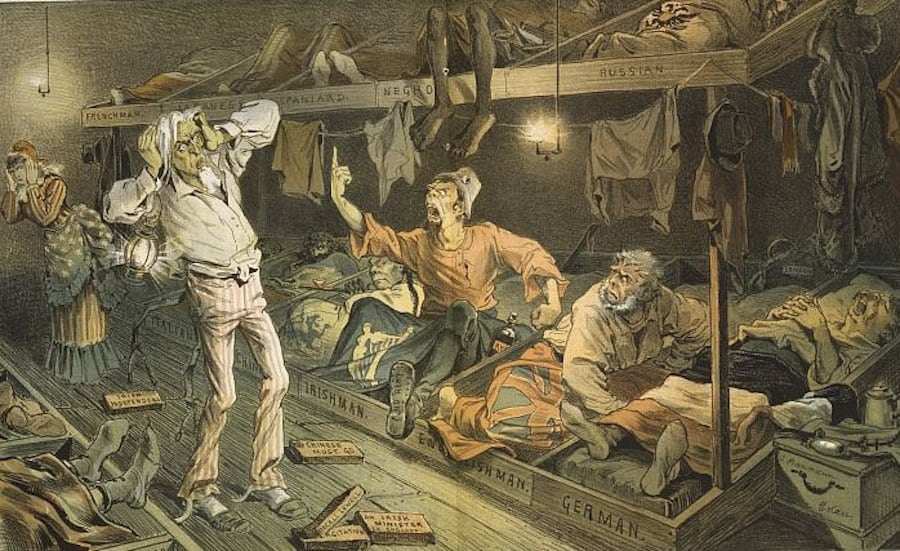Going into this assignment I was fairly wary. Though I felt reasonably comfortable with historical inquiry the crafting of a broad question to guide the lesson was an intimidating task. Overall, I am pleased with the end result. I feel have taken some of the first steps towards building a coherent and engaging lesson. I remain mindful that I am still a novice, but enjoyed how the lesson rolled out in practice. I enjoyed using a variety of sources, and felt as if our class really engaged with them. Having experienced the occasional struggle with SHEG style lessons in classrooms accustomed to lecture, I believe the true challenge shall be in hooking the students. For as was mentioned following my lesson, high school age students may not be as willing to initially share and question without directed prompting.
In retrospect, rather than printing out an annotation guide I should have created and distributed a SOAPSTone worksheet. I was very lucky to have aid in using the technology, and in the future I shall strive to be more fluent in its use. I really loved the graphic organizer used during the Vietnam unit, and wish I had thought to create one for my class. I know from my time in my student teacher placement, and from this lesson, that when I write with a document camera I need to slow down, for I have a tendency to get nervous and scrawl which helps no one when teaching.
Gathering the sources and getting to work on a Modern World History lesson was a great deal of fun. For though I love the classical world, I find sourcing for the modern era not only a tad more accessible but also a joy to read. Since I would like to explore teaching SOAPStone more I am going to try to focus my next lesson upon this. I am hoping to use sources from the early modern era and hope that I can use the feedback I have received to make it a more successful lesson.


